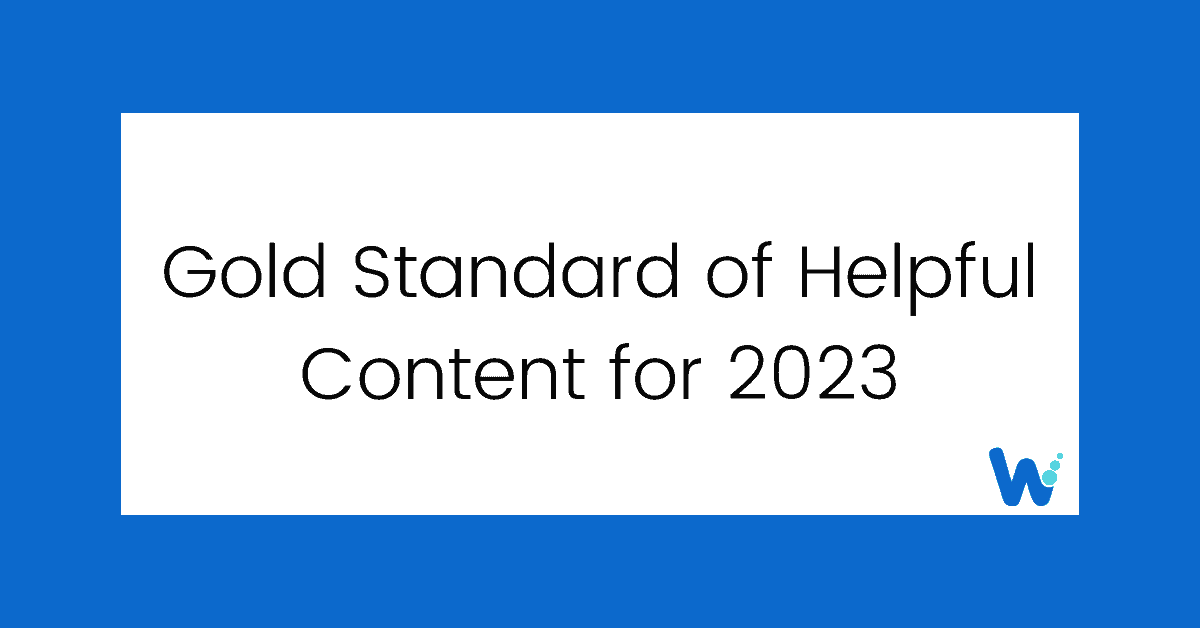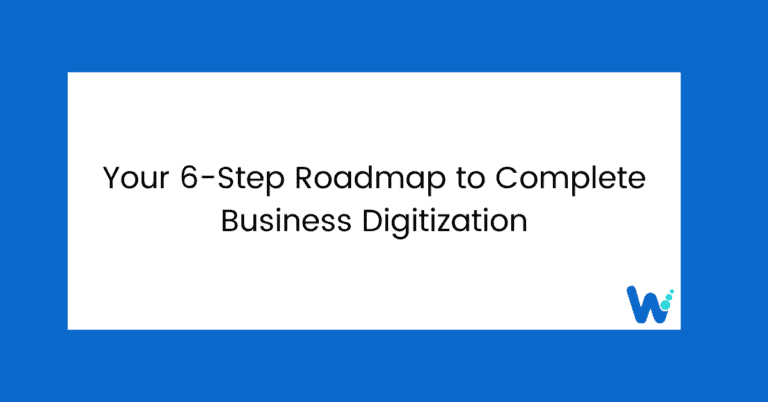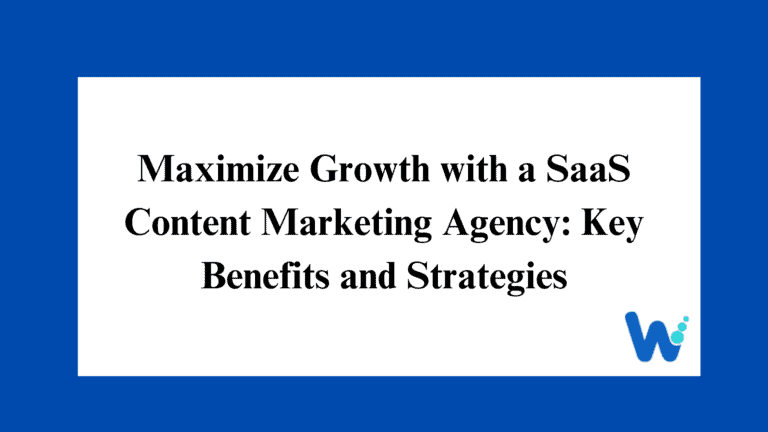Recently, I had the privilege of attending the Google Search Central event held in Delhi on September 25, 2023. Among the many enlightening topics, one stood out in particular: the essence of crafting content that is both helpful and trustworthy.
Google’s recent helpful content update emphasizes creating content that’s for the people – that is, content that genuinely adds value to the reader’s life, solves their problems, and answers their questions. Rather than writing for search engines, Google encourages creators to write for real humans with real questions. And in doing so, this “people-first” content naturally aligns with Google’s guidelines and gets recognized for its reliability and value. 🌟
In this article, I’ll be walking you through:
- Why “people-first” content matters so much to Google.
- The recent updates and guidelines shared by Googlers at the event.
- Simple explanations for some of the jargons and technical terms that might sound complex but are straightforward at heart.
Building on the insights from the Google event, one thing was clear: Google values originality and depth in content. This understanding directly resonates with the approach we uphold at Wordscloud. Join me on this journey as we decode Google’s vision for quality content and understand how to implement it in our content strategies. 🚀
📘 Helpful Content Update and Quality
Good content is like a good story. It should be real, not copied. Everyone likes to hear or read something new, right?
This is why it’s important to write things that give new information or a fresh way of looking at old topics.
Now, how can we make sure what we write is good?
First, always understand the audience.
Understanding our audience is the most important part of content creation. If we know who will read our content, we can make sure it suits them best.
Let’s say we’re writing about a new technology. If we write for a CXO – a top company leader – we might focus on how this technology can help the company grow or save money. They are looking for big picture ideas. 📈
But, if we write for someone just starting to learn, like a newbie, we need to explain everything from the start. They need the basics. We might use simpler words, add pictures or examples to make it easy to understand. 📘
In short, the same topic can be seen from many angles. By knowing our audience, we can pick the right angle. This helps in creating content that’s not just informative, but also interesting and useful for the reader.
Next, always check the content quality. This means looking for any mistakes in spelling or facts or how the sentences are framed.
Many people write a lot very quickly. But, it’s better to spend time on one article and make it really good than writing many articles that are just okay. When each article gets special attention, it shows the hard work behind it. 🌟
📘 At Wordscloud: Audience Comes First
Every good story has a listener in mind, and at Wordscloud, that’s our guiding principle. Before our writers even begin, we take a step back and ask: “Who are we writing for?”
Understanding the audience is at the heart of what we do. This isn’t just a saying; it’s our method. How do we ensure this? With our meticulous content briefs.
When a client approaches us, our first task is to gather as much information as possible. We don’t just ask about the topic; we ask about the readers. Are they young students, experienced professionals, or top company leaders? Do they already know a little about the topic, or are they starting from scratch?
This crucial information goes into our content briefs. These briefs are the roadmap for our writers. They lay down not just what to write, but how to write it, ensuring that the content matches the audience’s needs and understanding level. 📜
For instance, if we’re crafting content for top professionals, our brief would emphasize depth, analytics, and industry insights. On the other hand, for beginners, the brief would guide writers to build from the basics, use simpler terms, and provide clear examples.
📘 Page Experience and People-First Content
At event, I asked from one of the googlers:
“When Google talks about ‘people-first content’, what exactly does that mean?”
He explained: “Imagine you’re explaining a new smartphone feature to your grandmother. Would you start with technical jargon? Or would you explain in a way she understands, focusing on how it makes her life easier?”
He continued, “That’s the essence of people-first content. It’s not about crafting words for search engines or using fancy terms. It’s about genuinely benefiting the reader, answering their questions, and addressing their needs.”
The Googler further illustrated using the content guidelines:
- Content that makes a visitor feel they’ve truly learned something.
- Information that provides a satisfying and enriching experience to the reader.
Google suggests creators to ask a few simple questions:
- Would someone find this content useful if they visited the site directly?
- After reading, will a visitor feel they’ve learned enough about a topic?
- Will the reader have a satisfying experience?
- For instance, if you’re writing about a new product, it’s not just about listing its features. A people-first approach would discuss how it can benefit the user, any potential drawbacks, and why someone might choose it over another product.
As our conversation shifted to “page experience,” he emphasized it’s not just the words that matter. “Think of a book. Even if the story is great, if the pages are torn or the font is too small, it’s hard to enjoy, right?”
Similarly, a website should be user-friendly, quick to load, and accessible across devices. It’s about ensuring the entire journey, from clicking a link to reading the content, is seamless and enjoyable.
Google emphasizes the overall experience of the page. This means ensuring the site is user-friendly, loads quickly, and looks good on both mobile and desktop. But it’s not just about one or two things. Google encourages checking if you’re providing a great experience across many aspects. So, even if your content is top-notch, if it takes too long to load or doesn’t display well on a mobile phone, it diminishes the user’s experience.
📘 Crafting a Balanced Content Strategy: Merging SEO with People-First Content
Finding the sweet spot between SEO and people-first content can often feel like walking a tightrope. However, a strategic approach that intertwines both can lead to content that not only ranks well in search engine results but also resonates with readers.
Understand Your Audience
Begin by grasping the needs and preferences of your audience. Use tools and analytics to gather data on what your audience is searching for and the kind of content they consume. This isn’t just about keywords but understanding the questions and problems your audience is looking to solve.
Keyword Integration
Integrate SEO by naturally weaving in keywords that align with the audience’s search intent. Avoid keyword stuffing. The goal is to make the content discoverable while ensuring it reads naturally and offers value.
Content Depth and Quality
SEO can get people to your content, but the quality of the content is what keeps them there. Focus on providing in-depth, well-researched information. Answer the questions fully, offer insights, and ensure the reader walks away feeling enriched.
Measure and Adjust
Use analytics to measure the performance of your content. Look at metrics like bounce rate and time spent on page to gauge if your content is hitting the mark with readers. Adjust your strategy based on these insights to strike a better balance between SEO and reader engagement.
In essence, the harmony between SEO and people-first content isn’t achieved by prioritizing one over the other but by skillfully integrating both into your content strategy. This ensures your content is not only easily discoverable but also meaningful and valuable to the reader.
📘 The “Who, How, and Why” of Wordscloud Content
Who:
While Wordscloud offers ghostwriting services, this doesn’t mean we compromise on the expertise behind our content. Each piece we deliver is crafted by skilled professionals with a deep understanding of the subject. While the external world might not always see the face behind the writing, we ensure that the expertise and knowledge shine through in every word. Our commitment is to deliver quality, irrespective of whether the author’s name is attached.
How:
The content creation process at Wordscloud is rigorous. Every article goes through research, drafting, and meticulous reviews. And if we ever employ AI-assistance in our process, we’re transparent about its role. Though technology aids us, the essence, depth, and human insight are always maintained, ensuring our content remains relatable and genuine.
Why:
Our primary motivation is our readers and clients. We’re in the business of creating content that resonates, informs, and provides value. While we understand the nuances of search engine dynamics, our primary focus is to deliver content that genuinely helps and speaks to its intended audience. We’re not just about filling pages; we’re about making every word count.
📘 Conclusion: Taking Away Key Lessons from the Google Event
The Google Search Central event in Delhi gave us valuable insights. The main message? Always think of the reader when creating content.
We learned several important things:
- Content should be for people, not just for search engines.
- Quality is important. Always give complete and clear information.
- SEO is useful, but it shouldn’t be the only focus.
- Trust and accuracy are crucial, especially for important topics like health and finance.
This event reminded us of a simple truth: good content helps and informs the reader. It’s not just about getting clicks or being popular for a short time.
Moving forward, we’ll use what we learned to make better content.
While these insights are essential, implementing them can be challenging. That’s where Wordscloud comes in.
🌐 Need a Content Strategy? At Wordscloud, we craft content strategies tailored to your audience, ensuring every piece of content resonates and offers value.
🌐 Exploring Topic Clusters? Our team specializes in creating cohesive topic clusters, ensuring your content is organized, interlinked, and effectively targets your audience’s queries.
🌐 Want Expert SEO Services? SEO isn’t just about keywords; it’s about understanding your audience’s intent. Let Wordscloud’s SEO experts brings traffic to your website, ensuring it’s discoverable and aligns with Google’s latest guidelines.
How does Google define ‘Expertise’ in content?
Expertise refers to content produced or reviewed by individuals with a deep understanding of the topic. It’s crucial that the content avoids factual errors and genuinely educates the reader, building a sense of trust.
What are the Quality Rater Guidelines?
Google uses quality raters, individuals who evaluate search results, to ensure their algorithms deliver the best results. They follow the Quality Rater Guidelines, a set of instructions that help them assess the quality of content, especially in terms of E-E-A-T (Experience, Expertise, Authoritativeness, Trustworthiness).
I’ve heard about SEO practices. Are they still important with this emphasis on people-first content?
Yes, SEO (Search Engine Optimization) is still important. The key is to use SEO techniques to make content discoverable while ensuring the content remains genuine, valuable, and primarily tailored for readers, not just search engine
How does Google view AI-generated content?
Google recognizes the increasing role of AI in content creation. The main emphasis, however, is on transparency. If content is AI-generated or AI-assisted, it should be clearly indicated, and the content should still offer genuine value to readers.
Can you break down the E-E-A-T concept further?
Certainly! E-E-A-T stands for Experience, Expertise, Authoritativeness, and Trustworthiness.
1. Experience: Content drawn from real-world insights or hands-on familiarity with a topic.
2. Expertise: Information presented by someone knowledgeable in the field.
3. Authoritativeness: Content that offers an authoritative perspective, backed by research and credible sources.
4. Trustworthiness: Ensuring the content is accurate, cites reputable sources, and builds trust with the reader.
What does Google mean by “people-first content”?
“People-first content” emphasizes the creation of content that primarily benefits and caters to readers, rather than being made just for search engine rankings. It’s about understanding the needs, interests, and questions of the audience and providing genuine, relevant answers.
What does Google say about content that lacks depth or is written just because it’s trending?
Google advises that content should provide substantial value, go beyond the obvious, and offer unique insights. Content that simply jumps on trends without adding depth or unique perspectives may not be regarded as valuable in the long run.
I’ve heard about “Your Money or Your Life” (YMYL) topics. Can you explain?
YMYL topics are those that could significantly impact an individual’s health, financial stability, safety, or well-being. Google gives more weight to content with strong E-E-A-T values for such topics, ensuring that the information provided is accurate, trustworthy, and beneficial.
Are there specific guidelines on how AI-generated content is viewed by Google?
Yes, Google stresses the importance of transparency when using AI for content creation. It’s essential for readers to be aware when content is AI-generated or AI-assisted. Moreover, even if aided by AI, the content should remain genuine, valuable, and beneficial for readers.









